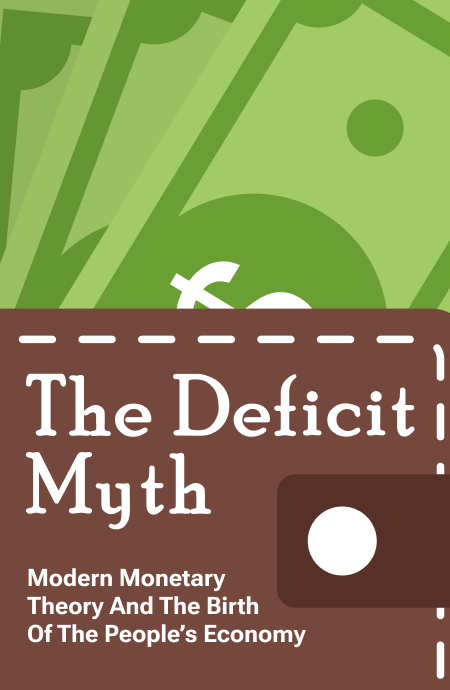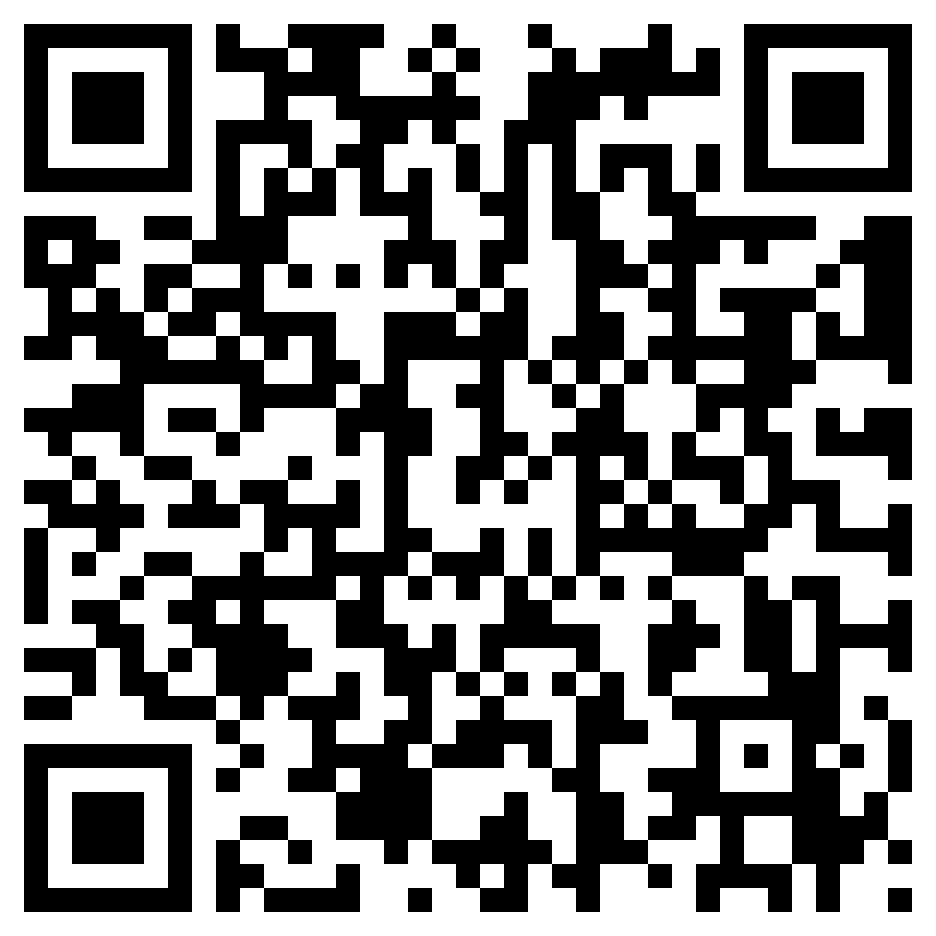Lesson 1- Modern Monetary Theory
The common question that is consistent throughout all governmental deliberations over policy issues on health care, infrastructure, education, or climate change is how the money will be distributed to meet the necessary standards. Politicians always claim deficit when it comes to the allocation of resources to meet certain infrastructural and developmental projects. When it comes to increasing public well-being, there are far more options than we realize but we need to see through the myths and misconceptions that often restrain us.
Modern Monetary Theory (MMT) is a theory that seeks to explain how money works. It changes how we view our politics and economics. According to the conventional view, the taxpayer is at the centre of the monetary universe because of the belief that the government has no money of its own. The only money available to fund the government must come from people. MMT radically changes our understanding by recognizing that it is the currency issuer and that the government itself that finances all government expenditures. MMT clarifies what is economically possible and shifts the focus of policy debates that get stuck over questions of financial feasibility. MMT focuses on the broader economic and social impacts of a proposed policy change rather than its narrow budgetary impact. MMT distinguishes the real limits from the self-imposed constraints.
Every economy has its internal speed limit, regulated by the availability of productive resources such as levels of technological development, availability of land, workers, factories, machines, and other materials. If the government tries to spend too much on an economy that’s already running at full speed, inflation will accelerate. If a government wants to accomplish something, the money can always be made available. If lawmakers wanted to, they could advance legislation aimed at raising the living standards of the people or setting aside money for education, technology, and infrastructure that are critical for long-term prosperity. Spending or not spending is a political decision but the economic ramifications of any bill should be thoroughly considered.
Lesson 2- How should a Government Budget Be?
There is often an idea that the federal government should think of its budget like a household. But nothing is farther away from the truth. The government has the power which no household or private firm has, that is the power to issue money. When governments try to manage their budgets like households, they miss out on the opportunity to harness the power of their sovereign currencies to substantially improve life for their people.
The MMT as a theory deeply affirms that the government is not dependent on revenue from taxes or borrowing to finance its
Unlock Knowledge with Wizdom App
Explore a world of insights and wisdom at your fingertips with the Wizdom app.
 1 Million+ App Download
1 Million+ App Download  4.9App Store Rating
4.9App Store Rating 5000+Summaries & Podcasts
5000+Summaries & Podcasts



